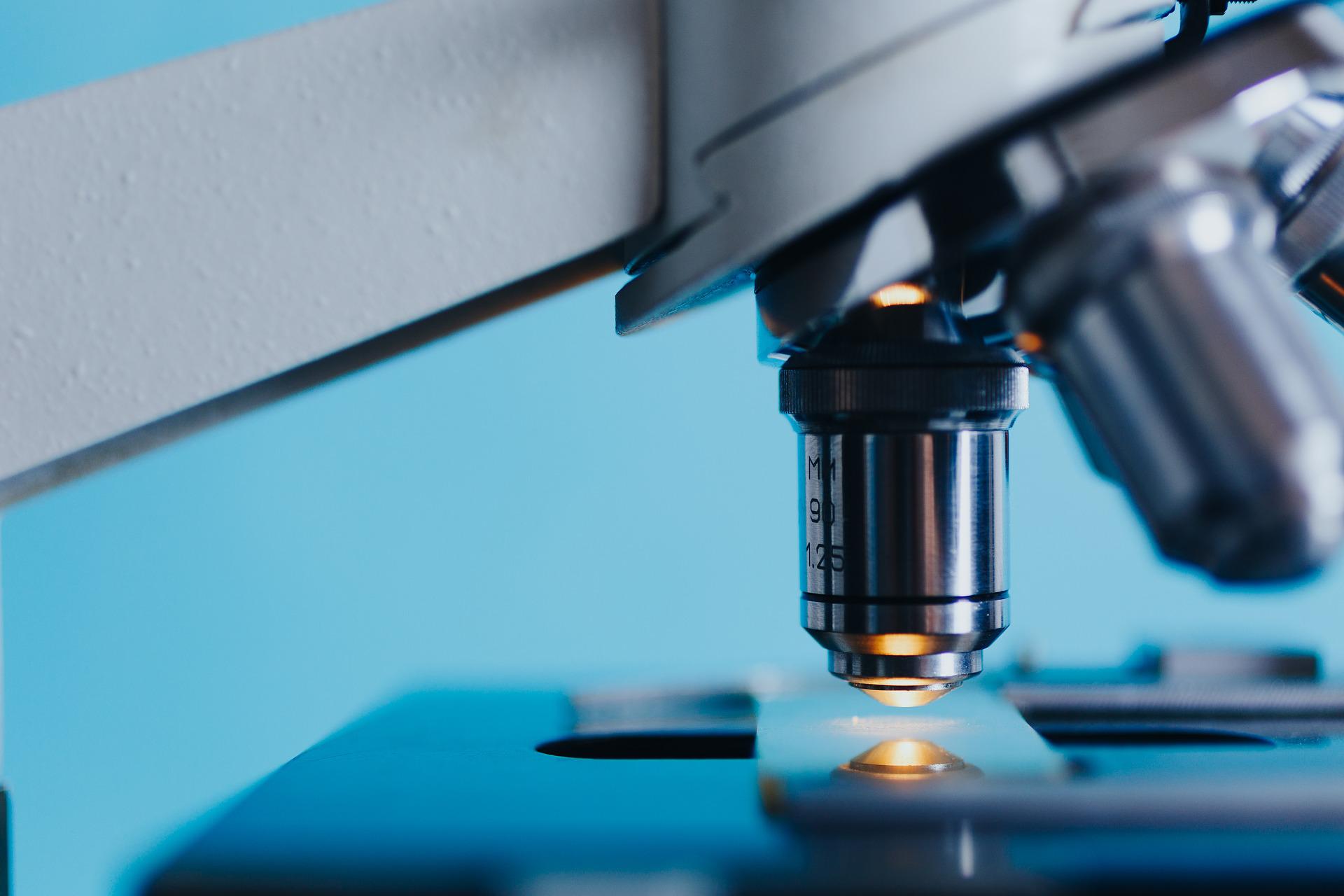Clinical features, diagnosis methods and evolution in non meningeal cryptococcosis in VIH positive patients.
Abstract
Cryptococcosis is a serious mycosis that manifests itself, in 90% of cases, as meningoencephalitis, especially in AIDS patients. The objective of this study is to describe the extra-meningeal cases of cryptococcosis in people living with HIV and to know how many of them suffer from concomitant meningeal involvement. Also, to determine its relationship with the Cryptococcus capsular polysaccharide antigen titer in serum.
A retrospective, observational and analytical study was carried out. HIV-positive patients whose initial diagnosis had been made from extrameningeal samples in the period between 2012 and 2019 were included. The patients were divided into 2 groups. Group 1: patients without meningeal involvement; group 2: those who finally had CNS involvement.
Of a total of 531 cryptococcosis registered in this period, 113 patients (21%) were included, of whom meningeal involvement was confirmed in 58. No significant differences were observed in terms of mortality in both groups.
None of the patients with positive LFA antigenemia (Capsular antigen detection by lateral Flow assay) but negative latex particle agglutination (LA) antigenemia had meningeal involvement. LFA was found to be highly sensitive and allows early diagnosis, but it does not replace other diagnostic procedures.
Serum Cryptococcus antigen titers for by LA greater than or equal to 1/100 were found to correlate with a 30-fold increase in the likelihood of meningitis.
In all cases, CNS involvement must be ruled out. LA continues to be a useful and complementary test, because in cases with negative LA, no meningeal involvement was observed.
Downloads
References
1. Firacative C, Meyer W, Castañeda E. Cryptococcus neoformans and Cryptococcus gattii Species Complexes in Latin America: A Map of Molecular Types, Genotypic Diversity, and Antifungal Susceptibility as Reported by the Latin American Cryptococcal Study Group. J Fungi (Basel). 2021 Apr 9;7(4):282. doi: 10.3390/jof7040282. PMID: 33918572; PMCID: PMC8069395.
2. Seagle EE, Williams SL, Chiller TM. Recent Trends in the Epidemiology of Fungal Infections. Infect Dis Clin North Am. 2021 Jun;35 (2):237- 60.
3. Negroni R, Arechavala A. Pathogenesis of cryptococcosis in humans. En: Human emerging and re-emerging infections: Bacterial & Mycotic Infections. Vol. II. First Ed. Singh S (Editor). John Wiley & Sons. Ch. 49: p. 915-927; 2016.
4. Arechavala A, Negroni R, Messina F, Romero M, Marin R, Depardo R, Walker L, Santiso G. Cryptococcosis in an Infectious diseases Hospital of Buenos Aires, Argentina. Revision of 2041 cases: diagnosis, clinical features, and therapeutics. Rev Iberoam Micol. 2018; 35:1–10.
5. Fishman J A. Infection in organ transplantation. Am. J Transplant 2017; 17: 856–79.
6. Messina F, Maiolo E, Negroni R, Arechavala A, Santiso G, Bianchi M. Alternativas terapéuticas de la criptococosis meníngea. Actualizaciones en sida e infectología. 2015; 23: 88:25-32.
7. Arechavala AI, Robles AM, Negroni R, Bianchi MH, Taborda A. Valor de los métodos directos e indirectos de diagnóstico en las micosis sistémicas asociadas al sida. Rev Inst Med trop S Paulo, 1993; 35: 163-9.
8. Guelfand L, Cataldi S, Arechavala A, Perrone M. Manual práctico de Micología Médica. Acta Bioquim Clín Latinoam, 2015; Supl. 1.
9. Bianchi M, Robles AM, Vitale R, Helou S, Arechavala A, Negroni R. The usefulness of blood culture in diagnosing HIV-related systemic mycoses: evaluation of a manual lysis centrifugation method. Med Mycol. 2000; 38: 77-80.
10. Bianchi MH, Santiso G, Lehmann E, Walker L, Arechavala A, Maiolo E, et al. Utilidad del citodiagnóstico de Tzanck en un hospital de enfermedades infecciosas de la ciudad de Buenos Aires. Dermatol Argent, 2012; 18: 42-6.
11. Negroni R, Arechavala A. Métodos de laboratorio de diagnóstico micológico e interpretación de los resultados. En: Lecciones de clinica micológica. 2da ed. Editorial Ascune 2019; 150-174. [e-book disponible www.editorialascune.com/ebook-detalle/4-lecciones-de-clinica-micologica]
12. Mpoza E, Mukaremera L, Kundura DA, Akampurira A, Luggya T, Tadeo KK, et al. Evaluation of a point-of-care immunoassay test kit StrongStep for cryptococcal antigen detection. PLoS ONE 2018;13(1): https://doi.org/10.1371/journal.pone.0190652.
13. Immy CrAg lateral flow assay REF CR2003 – www.immy.com
14. WHO - World Health Organization. Guidelines for the diagnosis, prevention and management of cryptococcal disease in HIV-infected adults, adolescents and children. March 2018. Disponible en: https://www.who.int/hiv/pub/guidelines/cryptococcal-disease/en/
15. CLSI. Epidemiological Cutoff Values for Antifungal Susceptibility Testing. 2nd ed. CLSI supplement M59. Wayne, PA: Clinical and Laboratory Standards Institute; 2018.
16. CLSI. Reference method for broth dilution antifungal susceptibility testing of yeasts. 4th ed. CLSI standard M27. Wayne, PA: Clinical and Laboratory Standards Institute; 2017.
17. Meyer W, Castañeda A, Jackson S, Huynh M, Castañeda E, Iberoamerican Cryptococcal Study Group. Molecular typing of Ibero-American Cryptococcus neoformansisolates. Em Infect Dis. 2003; 9:189-95.
18. Meyer W, Trilles L. Genotyping of the Cryptococcus neoformans/Cryptococcus gattii species complex. Aust Biochem. 2010; 41:11-5.
19. Hagen F, Illnait-Zaragozí MT, Meis JF, Chew WH, Curfs-Breuker I, Mouton JW, et al. Extensive genetic diversity within the Dutch clinical Cryptococcus neoformans population. J Clin Microbiol. 2012; 50:1918-26.
20. Perfect JR, Dismukes WE, Dromer F, Goldman DL, Graybill JR, Hamill RJ, et al. Clinical practice guidelines for the management of cryptococcal disease: 2010 Update by the Infectious Diseases Society of America. Clin Infect Dis. 2010; 50:291-322.
21. Eshun‐Wilson I, Okwen MP, Richardson M, Bicanic T. Early versus delayed antiretroviral treatment in HIV‐positive people with cryptococcal meningitis. Cochrane Database Syst Rev. 2018, Jul 24; 7. Art. No.: CD009012. doi: 10.1002/14651858.CD009012.pub3.
22. Dubbels M, Granger D, Theel ES. Low Cryptococcus antigen titers as determined by lateral flow assay should be interpreted cautiously in patients without prior diagnosis of cryptococcal infection. J Clin Microbiol. 2017; 55:2472-79.






